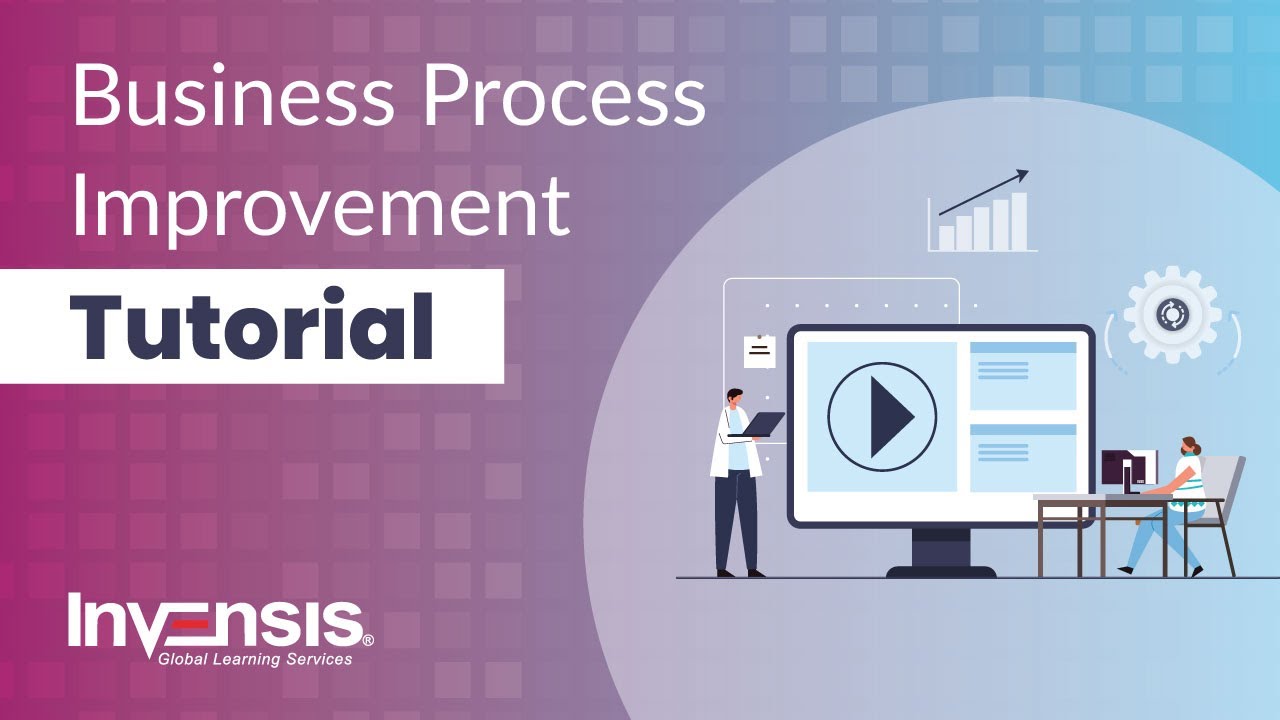Business process improvement is a systematic approach to identifying, analyzing and improving existing business processes within an organization. It can be used to improve customer service, reduce costs, and increase efficiency. In order to be successful, business process improvement requires a clear understanding of the current processes, an analysis of the data associated with those processes, and a plan for making improvements.
Benefits of Business Process Improvement
Business process improvement can lead to a number of benefits, including:
- Reduced costs: By streamlining processes, businesses can reduce costs associated with labor, materials, and overhead.
- Increased efficiency: Improved processes can lead to a more efficient use of resources, resulting in improved productivity.
- Improved customer service: Streamlined processes can lead to improved customer service, as customers can be serviced more quickly and efficiently.
- Increased employee satisfaction: Improved processes can lead to a more pleasant work environment, resulting in improved employee satisfaction.
- Increased profitability: Streamlined processes can lead to increased profitability, as businesses can reduce costs and increase efficiency.
Steps for Business Process Improvement
Business process improvement typically involves the following steps:
1. Identify the Process
The first step in business process improvement is to identify the process that needs to be improved. This can be done by examining existing processes and identifying areas of inefficiency or customer dissatisfaction.
2. Analyze the Process
Once the process has been identified, the next step is to analyze the process. This can involve gathering data on the process, such as time required to complete the process, number of steps involved, and resources used. This data can then be used to identify areas of inefficiency and areas that can be improved.
3. Develop a Plan
Once the analysis is complete, a plan can be developed to improve the process. This plan should include a timeline for implementation, as well as a budget for any necessary resources. The plan should also include a strategy for measuring the success of the improvement.
4. Implement the Plan
Once the plan is developed, it can be implemented. This can involve training employees on the new processes, as well as implementing any necessary changes to the systems or infrastructure.
5. Monitor the Process
Once the plan is implemented, it is important to monitor the process to ensure that it is working as expected. This can involve collecting data on the process, such as time required to complete the process, number of steps involved, and resources used. This data can then be used to identify areas of inefficiency and areas that can be improved.
Conclusion
Business process improvement is a systematic approach to identifying, analyzing and improving existing business processes within an organization. It can be used to reduce costs, increase efficiency, and improve customer service. In order to be successful, business process improvement requires a clear understanding of the current processes, an analysis of the data associated with those processes, and a plan for making improvements. By following the steps outlined above, businesses can improve their processes and reap the benefits of improved customer service, reduced costs, and increased efficiency.




